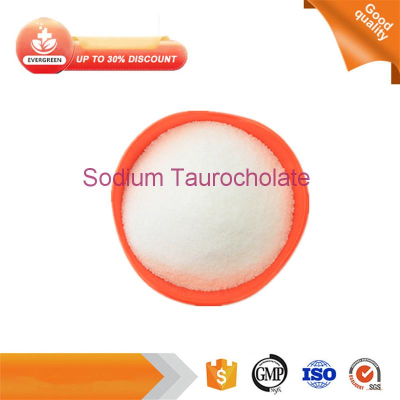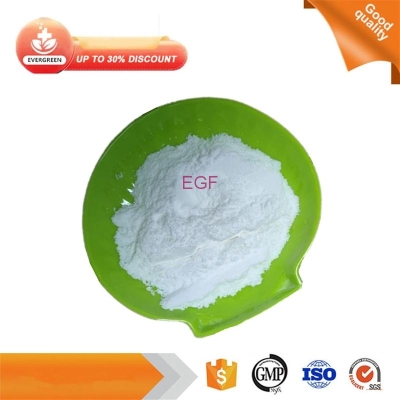PNAS: The Gaofu academic team reveals the molecular mechanism of invasion by The A genus enterovirus using the "one stone two birds" receptor KRM1.
-
Last Update: 2020-07-29
-
Source: Internet
-
Author: User
Search more information of high quality chemicals, good prices and reliable suppliers, visit
www.echemi.com
!---- members of the Picornaviridae branch are a class of non-cystic single-stranded positive-stranded RNA viruses, in which enterovirusgen (Enterovirus) contains a number of virus members that affect human health and cause a variety of human and mammalian diseases, such as colds, hand, foot and mouth disease and poliomyelitisThe Coxsackievirus A10, CV-A10 is a family A enterovirus that poses a serious threat to the health of infants and young children worldwide as a related pathogen that causes hand, foot and mouth diseaseIn addition to causing red herpes in the hands, feet and mouth of children, CV-A10 infection may also lead to fever, herpes pharyngitis, and even viral meningitisTo date, a variety of important enterovirus receptors have been found, which can be divided into two categories according to their function, one of which, to help the virus adsorption to the adhesion receptor (receptor) on the cell surface, some of the adhesion receptors can help the virus swallow, but do not mediate the process of viral deconstruction and genome releaseSecond, for the uncoating shell receptor (uncoating receptor), combined with the virus can induce the virus to change the structure and then complete the invasion of the steps, release genetic materialThe Gofford team published an article in the journal "Human Cental Fcreceptor is the cellular uncoating receptor for Enterovirus B" that revealed that the B-genus enters host cells through a "dual receptor system." Recently, the molecule containing Kringle domain transmembrane protein 1 (KRM1) has been identified as an important receptor for a series of A-family enterovirus invasion cells represented by CV-A10, but its mechanism of action and the process of virus invasion are not clearThe researchers found that CV-A10's mature viral particles and KRM1 receptors were effectively combined in neutral (physiological conditions) and acidic (inner swallowing conditions) environmentsThen, using the frozen electroscope technology, the high-resolution electroscopy structure of CV-A10 virus and CV-A10/KRM1 complex under neutral and acidic pH conditions was analyzedThe molecular pattern of KRM1 binding to CV-A10 virus is revealed, and KRM1 simultaneously interacts with the virus surface VP1, VP2, VP3 to produce a "gorge"-like structure formed by the VP1 protein, where VP2's EF-loop (138-143 amino acids) may be an important target for receptor recognitionBy comparing the sequence of a shell protein of the A genus enterovirus, it is suggested that the A-genus enterovirus that relies on KRM1 as the receptor may have a general pattern of binding to the receptorIn addition, the structural studies of the system show that the binding of KRM1 induces conformational changes in viral particles, allowing the release of lipid molecules (also known as "pocket factors") that maintain the stability of viral particles within the canyon, which in turn begins the shelling process, and acidic conditions can significantly facilitate this processFinally, through in vitro experiments, the physiological environment (37 degrees C, late-stage internal swallowing acid pH) was further simulated, and it was proved that KRM1 was able to complete the undressing shell of the mediated virus under acidic conditionsAs a result, KRM1 performed the function of "two-in-one" during the CV-A10 invasion, while mediating the virus 'glue' and "undressing shell" processesThis work systematically studies the molecular mechanisms of KRM1 mediaset invasion of a group A enterovirus, enriches our understanding of the process of enterovirus infection, and also provides key information for antiviral therapyThe results have been published online in proceedings of the National Academy of Sciences of the United States of America (PNAS) magazine, entitled "Molecular basis of Cox coxsackivirus A10 entry the two-in-one and attachment un use-the-group-the-group-the-group-case-team KRM1"Cui Sakurako, a doctoral student at the Institute of Microbiology of the Chinese Academy of Sciences, is the first author of the paperThis study has been supported by major national science and technology projects
This article is an English version of an article which is originally in the Chinese language on echemi.com and is provided for information purposes only.
This website makes no representation or warranty of any kind, either expressed or implied, as to the accuracy, completeness ownership or reliability of
the article or any translations thereof. If you have any concerns or complaints relating to the article, please send an email, providing a detailed
description of the concern or complaint, to
service@echemi.com. A staff member will contact you within 5 working days. Once verified, infringing content
will be removed immediately.







